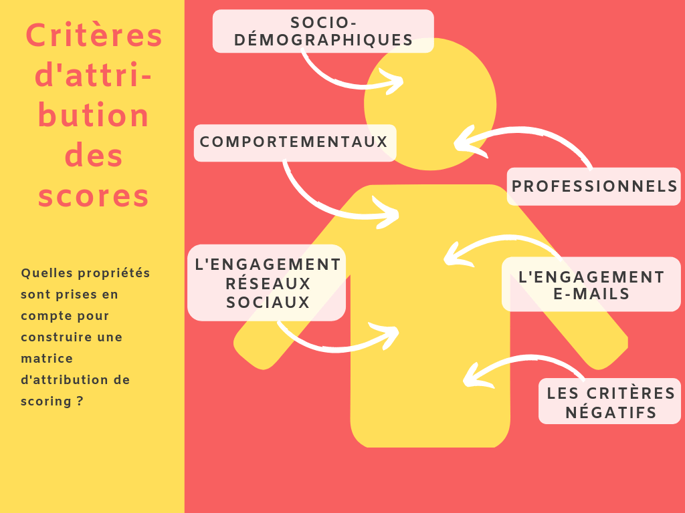THE data cleaning proves to be a crucial step to optimize the lead quality generated. By carrying out a careful audit from your database, it becomes possible to detect and eliminate obsolete or erroneous information, thus facilitating access to genuinely interested prospects. By enriching your prospect data and ensuring their precision, you maximize your chances of conversion and improve your response rate. This process also helps you better target your marketing campaigns, thus ensuring more effective interaction with potential customers.
Table des matières
ToggleOptimize the quality of your leads with data cleaning
In the world of digital marketing, lead quality is essential to achieve concrete results. One of the most effective ways to improve this quality is to data cleaning. This process involves verifying and refining the data collected, thereby maximizing its value for marketing campaigns. It’s essential to understand how data cleansing can help optimize your leads.
First of all, it is crucial to start with a audit of your data. This involves assessing the quality of the data you hold. Examine every aspect of your records – from completeness to accuracy. This audit allows you to identify missing or incorrect information, and to visualize the general state of your contact database. A rigorous audit is the basis of any effective cleaning strategy.
Once the audit has been completed, the next step is to fill in the gaps in your data. The more detailed your prospect information is, the easier it will be to target new potential customers. This involves collecting additional data on your current leads and enriching your information base. Tools like CRMs can help centralize and keep this data up to date.
Another essential aspect of data cleaning is lead segmentation. By classifying your contacts according to various criteria such as industry, size or behavior, you will be able to personalize your marketing efforts. Accurate segmentation helps direct relevant messages to the groups of leads most likely to be interested, thereby increasing the conversion rate.
Finally, program regular cleanings. Integrating a cleaning routine into your data management processes is crucial. By setting up times to carry out checks, you can quickly identify and correct any issues, ensuring the highest quality of your data at all times. Experts recommend performing these cleanings at least quarterly.
Systematic cleaning also helps eliminate bad leads. Sometimes some information can become outdated, making prospects inaccessible or irrelevant. Identifying these unpromising leads and removing them from your base frees up resources for higher quality leads. It is advisable to follow best practices for this task, such as using dedicated tools for auditing your leads.
Respect for regulations in terms of data is also a significant phase of cleaning. This ensures that you comply with applicable laws and maintain a good reputation in the market. Thus, a rigorous cleansing process contributes to the capture of legitimate leads, thereby facilitating future sales interactions.
Finally, data cleansing is a process that requires time and attention, but the benefits it provides to your lead generation strategy are undeniable. To learn more about the subject, you can consult online resources like This item on improving data quality or the one on cleaning CRM data. Investing in data cleansing is an investment in the future of your marketing efforts.

FAQ: How to optimize the quality of your leads through data cleaning?
Why is it important to clean my lead data? Data cleansing allows you to improve the accuracy of your lead scoring, increase the quality of the leads generated and maximize your chances of conversion.
What are the steps to clean my contacts database? To clean up your contact database, start by performing an audit of your data, identify duplicates, and update obsolete information.
How does data cleansing help fill the prospect information gap? A rigorous cleaning allows you to identify information gaps, making it easier to enrich the data needed to discover new customers.
How often should I clean my data? It is recommended to carry out regular cleaning, at least twice a year, to maintain the accuracy and relevance of your lead information.
What tools can I use to clean my data? You can use CRM tools that integrate data cleaning features, or specialized data management software to optimize this process.
What is the relationship between data cleaning and marketing campaign optimization? Effective cleaning of your databases ensures better deliverability emails, which indirectly optimizes your marketing campaigns by improving prospect engagement.
How does data cleansing impact the lead lifecycle? By cleaning your data, you ensure more accurate tracking of the lead lifecycle, which helps improve lead management and attribution within sales teams.













